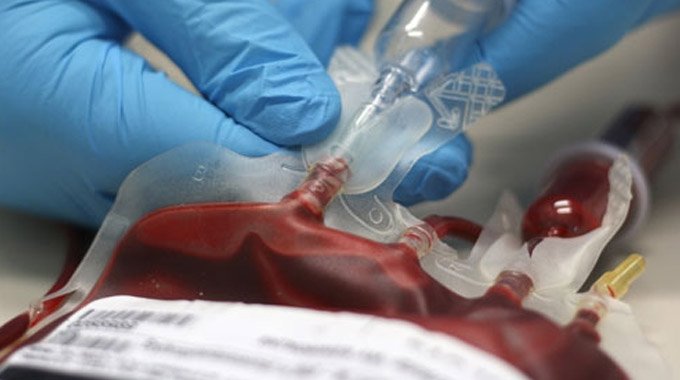Blood quality & safety concern
June 25, 2018 | Monday | Features | By Dr. Ashish Tewari
The access to safe and clinically effective blood is a challenge across the globe.
Around the world, patients are in need of blood and blood components, which may be used for life saving measures as in trauma, complications of pregnancy or for transfusion support for treatments like chemotherapy, management of hematological malignancies, and disorders like thalassemia and hemophilia. Pattern of usage may be different, depending upon the availability of diagnostic facility and treatment options given to any patient. Certainly, transfusion is the only option for saving many patients life.
Whenever a transfusion is prescribed, a common fear that patients and doctors have, is how safe is the blood or component that is going to be transfused. Would there be an immediate adverse reaction? Can some problem arise after a couple of days or months after transfusion?
The access to safe and clinically effective blood is a challenge across the globe. Challenges may differ but the fear is common. The very first step, to meet this challenge is to have a constant pool of blood donors who are fit as per the standards prescribed for being eligible to donate blood. Second, is to collect, process and then test the blood for Transfusion Transmissible Infections. In addition to this is the storage as per the guidelines required for blood and its components. Third, is to have a correct prescription based on clinical judgment and transfusion guidelines for appropriate use and doing the required “compatibility testing”. Lastly, transportation of the blood or component to the patient’s bed side and transfusing the correct patient within the required time frame is important.
Transmission of blood borne diseases is the most common fear, backed by numerous reports from across the globe. In our country, all units collected are tested for hepatitis B and C viruses, Human Immunodeficiency Virus (HIV), Malarial parasite and Syphilis. Depending on the national guidelines and strategies applied at various levels, the following testing methodologies are applied most commonly in our country. For Hepatitis B virus (HBV) Hepatitis B surface antigen (HBsAg), for Hepatitis C Virus (HCV), Hepatitis C virus antibody (anti-HCV) and for Human Immunodeficiency virus (HIV) Types 1 and 2 detection, HIV-1 and HIV-2 antibody (anti-HIV-1 and anti-HIV-2) detection is done by Enzyme-Linked Immunosorbent Assay (ELISA).
Chemiluminescence is also being used for testing at many centers, which has added to the safety level. Over the decade, many centers have started using the Nucleic Acid Amplification Testing (NAT) in either Individual Donor (ID), that is, Single Donor Testing – NAT format or Minipool NAT format, where pool of 6 samples is tested as one sample. Certain studies from various parts of the world have shown that ID-NAT has better detection rates as compared to Minipool NAT. Prevalence rate of viral markers in general and donor population, implementation of immunization program and testing methodology presently in use, can be a major guiding factor for selection between ID or Minipool NAT. Cost can be a major challenge for its implementation.
The quality and safety of blood provided to patients, depends not only on the presence of a National quality system for Blood Transfusion Services, but also on knowledge, skills and commitment of the people working in the blood transfusion department of every hospital. Regular, voluntary non-remunerated blood donors from low-risk populations are the foundation of safe blood supply in a country.
Dr. Ashish Tewari- Consultant & Head, Department of Transfusion Medicine at Sahara Hospital, Lucknow










